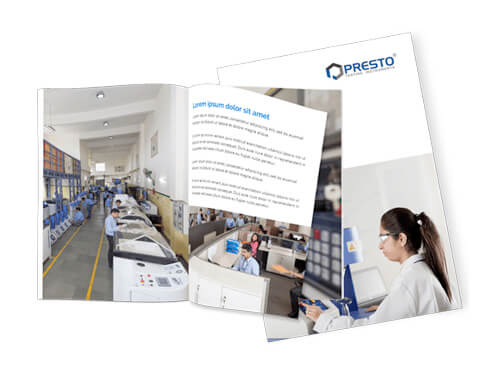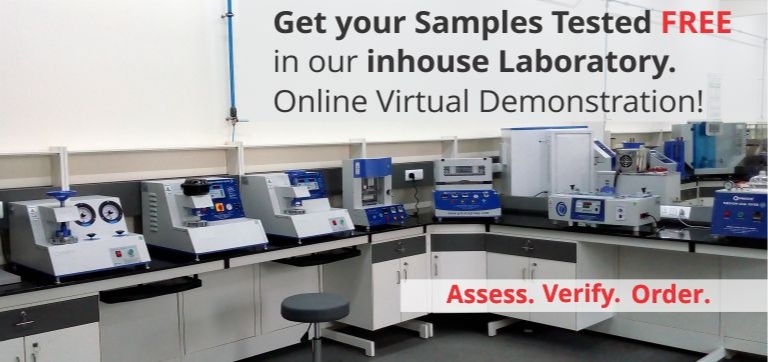How to measure Wall Thickness of PET bottle in 3 easy steps?

PET bottles are widely used in the packaging industry. Polyethylene terephthalate or PET is a very commonly used plastic and is majorly preferred because of its recyclable properties.
Few products which use PET bottles are as follows:
• Bottled water
• Ketchup
• Jars
• Juices and carbonated drinks
• Cosmetics
• Household products
Now a days, top companies worldwide use PET bottles for fulfilling their packaging needs. With time, it had become a priority to use high quality material in PET industry.
To test the quality of PET bottle there are multiple tests including Burst Pressure, Drop Testing, Moisture Analysis, Top Load test etc.
But the most important of all is the wall thickness test for PET Bottles which can be performed using the Wall Thickness Gauge .
3 Steps for measuring wall thickness in PET bottles
Accurate thickness measurement is an important testing criterion. It is now possible to calculate the thickness of PET bottles in 3 easy steps through a Non-destructive test method on Wall thickness Gauge - Magna Mike 8600.
Magna Mike 8600 is a light-weighted testing instrument constructed to perform faster, precise, and multiple measurements for non-magnetic materials like plastics, glass, composites, aluminum, and titanium. It works on the principle of Hall Effect.
A Hall Effect sensor is an electronic semiconductor which reacts to magnetic field changes by changing voltage which appears on its surface when an electric current pass through it.
3 easy steps to measure the accurate value of wall thickness of PET bottles through wall thickness gauge.
Step 1 – A small ball will be placed on one side of the test sample which works as a target, attracts the magnetic field created by the probe magnet
Step 2 - Place the magnetic probe on the opposite side. The Hall Effect sensor is integrated into a small probe with a magnet for the creation of the magnetic field around the sensor.
Step 3 - The distance between the target and the probe is then calculated by recording the voltage changes across the Hall Effect sensor.
With Presto, maintain the wall thickness of your market reputation by serving quality goods
you may also like
- Safeguard Sensitive Products from Repetitive Movement by the Vibration Table
- Eliminate Excessive Moisture by Measuring It with the Moisture Meter
- Determine the Mechanical Properties of Plastic Materials with the UTM Machine
- How to Conduct Tensile Tests & Calibration on the Tensile Strength Tester?
- Evaluate Pressure Sustainability of Packets & Pouches with Vacuum Leak Tester
Recent News
- Paper & Packaging Testing Instruments
- Paint, Plating & Coating Testing Instruments
- Plastic & Polymer Testing Instruments
- Environmental Testing Chambers
- PET & Preform Testing Instruments
- Color Measuring Testing Instruments
- View Entire Range Instruments

Catalogue 2023
Get information about new product launches, research, innovation and endeavors at Presto.
download Free Copy
Quick quote

.jpg)
